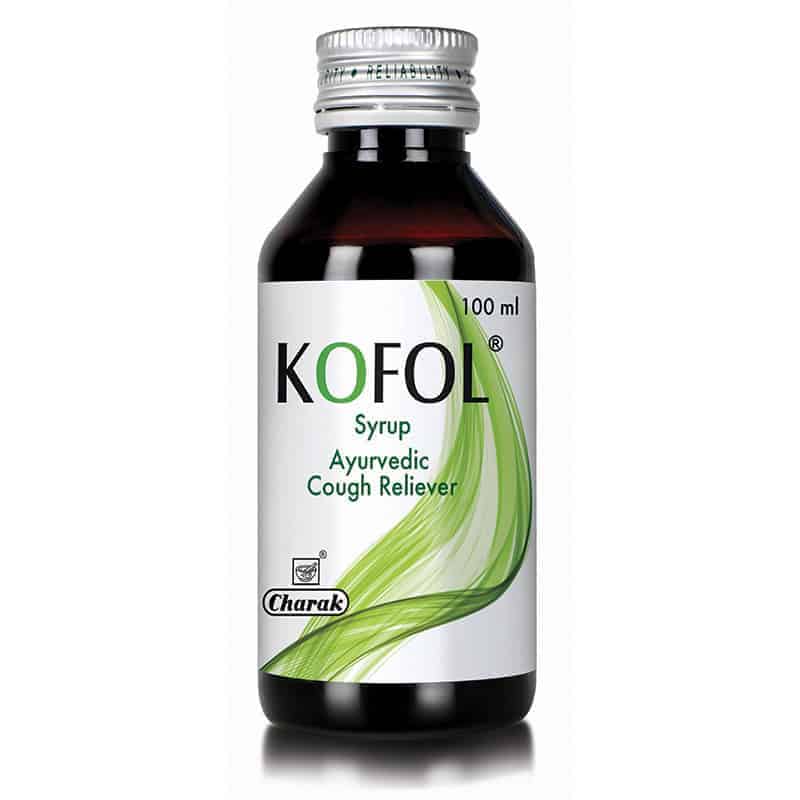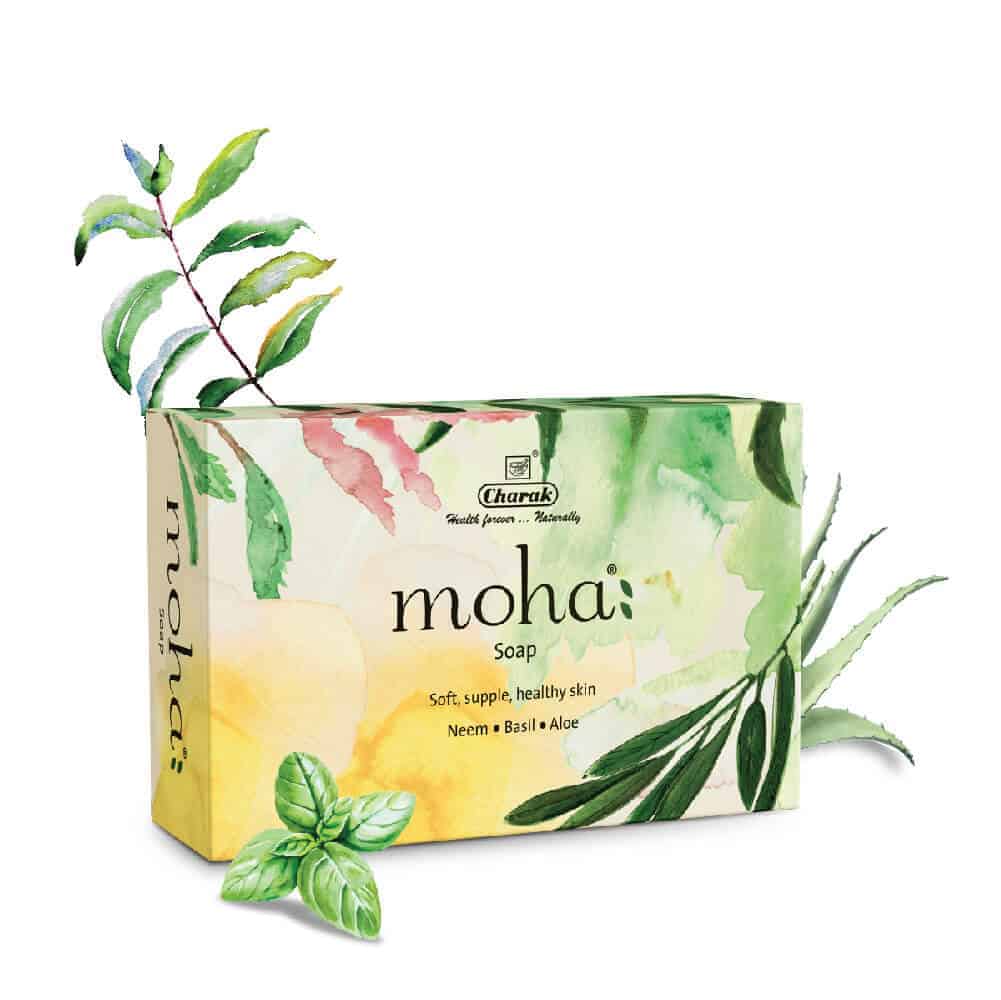Chronic Pain Has Roots in Depression
Treat Both to Score a Victory
Chronic pain is a biopsychosocial phenomenon – addressing every aspect of the sufferer’s being. The duration of pain is not sufficient to determine chronicity; rather, chronic pain affects patients in myriad ways – including vocationally, financially, legally, socially, recreationally, sexually, spiritually, and, of course, emotionally.
In primary care, the most common physical symptom is pain, and the most common psychological symptom is depression. Numerous investigators have examined the prevalence of depression in patients with chronic pain. Studies show that people with more severe depression feel more intense pain. A Croatian study found at least some degree of depression in 74% of low back pain patients studied. According to recent research, people with depression have higher than normal levels of proteins called cytokines.
It is also important to consider that, the relationship between pain and depression is reciprocal – with pain potentially causing depression, and depression potentially causing pain. Research has indicated that pain and depression share common neurochemical pathways, which may explain their reciprocal relationship. Studies show that when the depressive component of chronic pain is not treated, outcomes are less likely to be impressive. In women a visit to OBGYN specialist may be a cause of joy or depression.
There are a number of steps that the primary care provider can take to assess depression in patients with chronic pain. First and foremost is the face-to-face encounter. Does the patient appear in a state of mental discomfort or suffering? Does he or she complain of sleep and/or appetite disturbances? Does the patient complain of fatigue or problems with concentration? In many cases, assessing the obvious symptoms is probably insufficient. Many times patients themselves are not aware that they are depressed. Given the comorbidity of pain and depression, it is also appropriate to simply ask a patient with chronic pain whether he or she is depressed. Without managing depression, the job of treating chronic pain is only half done.
Therefore, strategies should be designed for treating the depression while treating chronic pain syndromes. Opioids have been regarded for millennia as among the most effective drugs for the treatment of pain. Their use in the management of acute severe pain and chronic pain related to advanced medical illness is considered the standard of care in most of the world. However, their long-term administration in chronic non-cancer pain continues to be controversial. Further, the concerns associated with opioid abuse and addiction continues to challenge the clinical community.
There are treatments for chronic pain that are much safer than opioids, including, but not limited to, physical therapy, cognitive behavioral therapy, and low-dose tricyclic antidepressants. While considering, risk-benefit approach, phytomedicine is a promising option. Many herbs exhibit pleiotropic actions in chronic disorders with complex pathology and/or comorbidities. Chropaxe is a polyherbal combination with potent anti-inflammatory, adaptogenic, neuroprotective and anti-depressant herbs like Ashwagandha (Withania somnifera), Shyonak (Oroxylum indicum), Gokshura (Tribulus terrestris) and Shunthi (Zingiber officinale) that are proven to ease discomfort associated with chronic pain of arthritis, fibromyalgia, headaches, neuralgia, etc. Importantly, Chropaxe tablet is not habit-forming. Thus, phytotherapy offers a safe, non-addictive and effective alternative with dual impact on reducing chronic pain and depression simultaneously.








